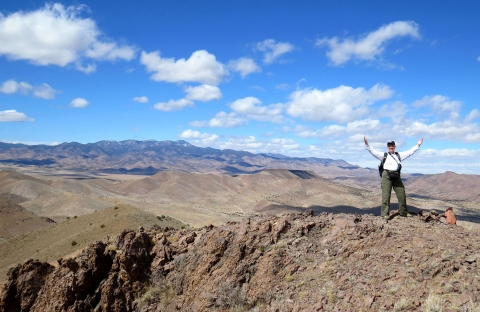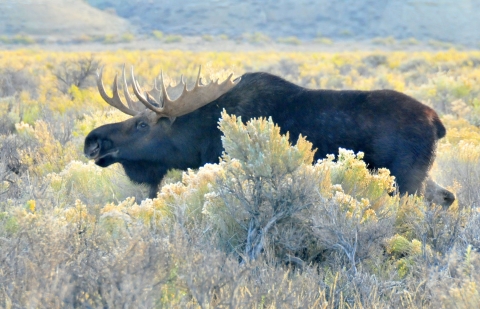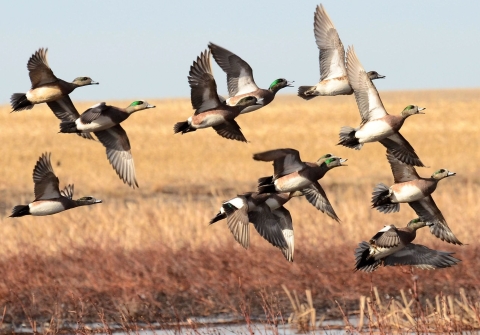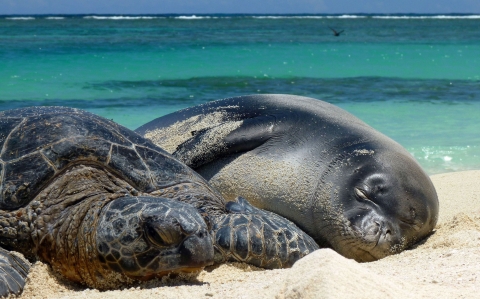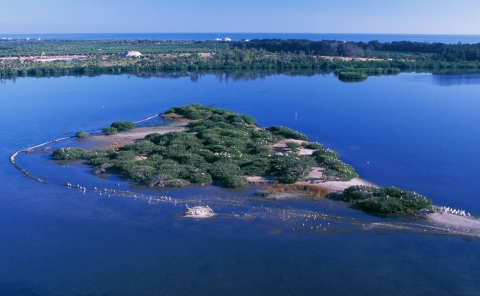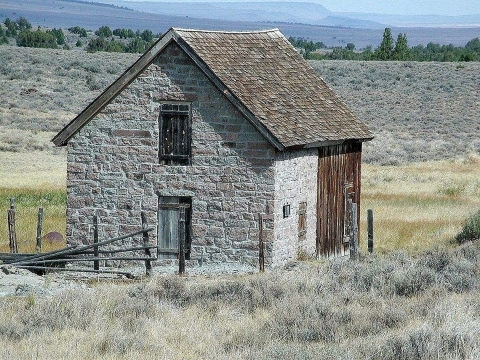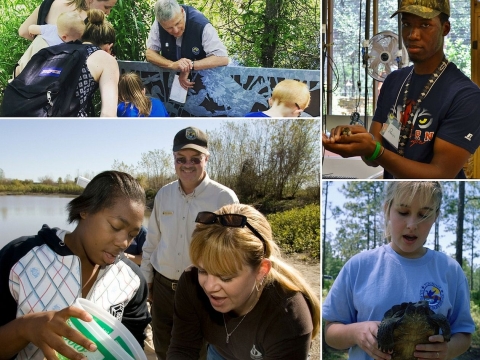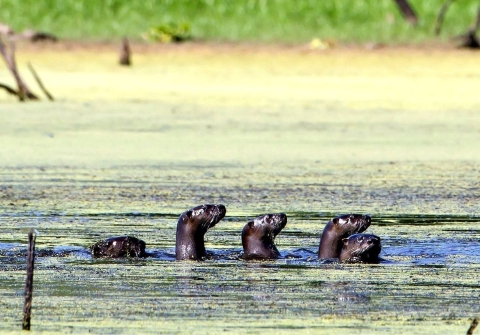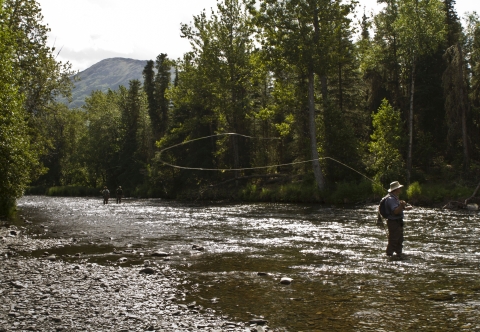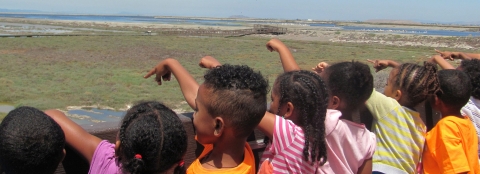The National Wildlife Refuge System is the largest and most diverse network of lands and waters dedicated to ensuring the long-term future of America’s rich fish and wildlife heritage. Think abundant wildlife, clean water, clean air and world-class recreation.
Managed by the U.S. Fish and Wildlife Service, the lands and waters of the National Wildlife Refuge System fall mostly along our nation’s rivers, coasts and wetlands and across its heartland. But they also extend into our deserts, forests, mountains, oceans and the Arctic.
The western United States’ sagebrush country encompasses over 175 million acres of public and private lands. The sagebrush landscape provides many benefits to our rural economies and communities, and it serves as crucial habitat for a diversity of wildlife, including the iconic greater sage-grouse and over 350 other species.
Learn more about sagebrush at Seedskadee National Wildlife Refuge in southwest Wyoming.
From the Caribbean to the Pacific and Maine to Alaska, there are more than 570 national wildlife refuges.
The National Wildlife Refuge System also includes 38 wetland management districts, most of them in Prairie Pothole Region of the upper Midwest. Wetland management districts have been called “jewels on the prairie.”
The National Wildlife Refuge System includes five marine national monuments. Four are in the Pacific: Papahānaumokuākea, Pacific Remote Islands, Rose Atoll and Mariana Trench. One is in the Atlantic: Northeast Canyons and Seamounts Marine National Monument.
President Theodore Roosevelt established the Refuge System in 1903 at what is now Pelican Island National Wildlife Refuge in Florida. The refuge includes the island and more than 5,400 acres of protected waters and lands in and near Indian River Lagoon on the Atlantic coast.
The Blue Goose, originated by the late cartoonist J.N. “Ding” Darling, is the symbol of the National Wildlife Refuge System. Rachel Carson, author of “Silent Spring” and former U.S. Fish and Wildlife Service biologist, said: “Wherever you meet this sign, respect it. It means that the land behind the sign has been dedicated by the American people to preserving, for themselves and their children, as much of our native wildlife as can be retained along with our modern civilization.”
National wildlife refuges provide important habitat for more than 380 threatened or endangered species. Many refuges also conserve Congressionally designated wilderness and a range of historical and cultural resources.
You can experience America’s wildlife heritage at a national wildlife refuge national wildlife refuge
A national wildlife refuge is typically a contiguous area of land and water managed by the U.S. Fish and Wildlife Service for the conservation and, where appropriate, restoration of fish, wildlife and plant resources and their habitats for the benefit of present and future generations of Americans.
Learn more about national wildlife refuge near you. At hundreds of wildlife refuges, you can fish, hunt, walk a trail, photograph wildlife and enjoy environmental education programs. There is at least one national wildlife refuge in each state.
FIND A NATIONAL WILDLIFE REFUGE NEAR YOU (SEARCH BY STATE OR ZIP CODE)
The U.S. Fish and Wildlife Service partners with community groups across the country to achieve conservation goals while meeting local needs.
The Fish and Wildlife Service’s Urban Wildlife Conservation Program offers a broad and innovative model for community-centered fish and wildlife conservation in times of changing demographics and increasing conservation concerns. The main goal of the program is to positively impact wildlife and people.
Find us on Facebook, Twitter. Instagram and YouTube.
You can experience fish, wildlife and the Refuge System up close and personal by volunteering, joining a Friends organization or getting involved with our numerous conservation partners.
You can refresh, reenergize and reinvigorate yourself by visiting in person.
“Being able to get out on the refuge calms my heart, restores my soul and helps me put things back into perspective. I think it can do the same for others,” says Steve Gifford, an accomplished amateur photographer and regular visitor to Patoka River National Wildlife Refuge in Indiana, where he took the river otters photo above.
For more information about the National Wildlife Refuge System, check out this short video.
Here's a Great Place to Find a Refuge Near You + Plan Your Visit


